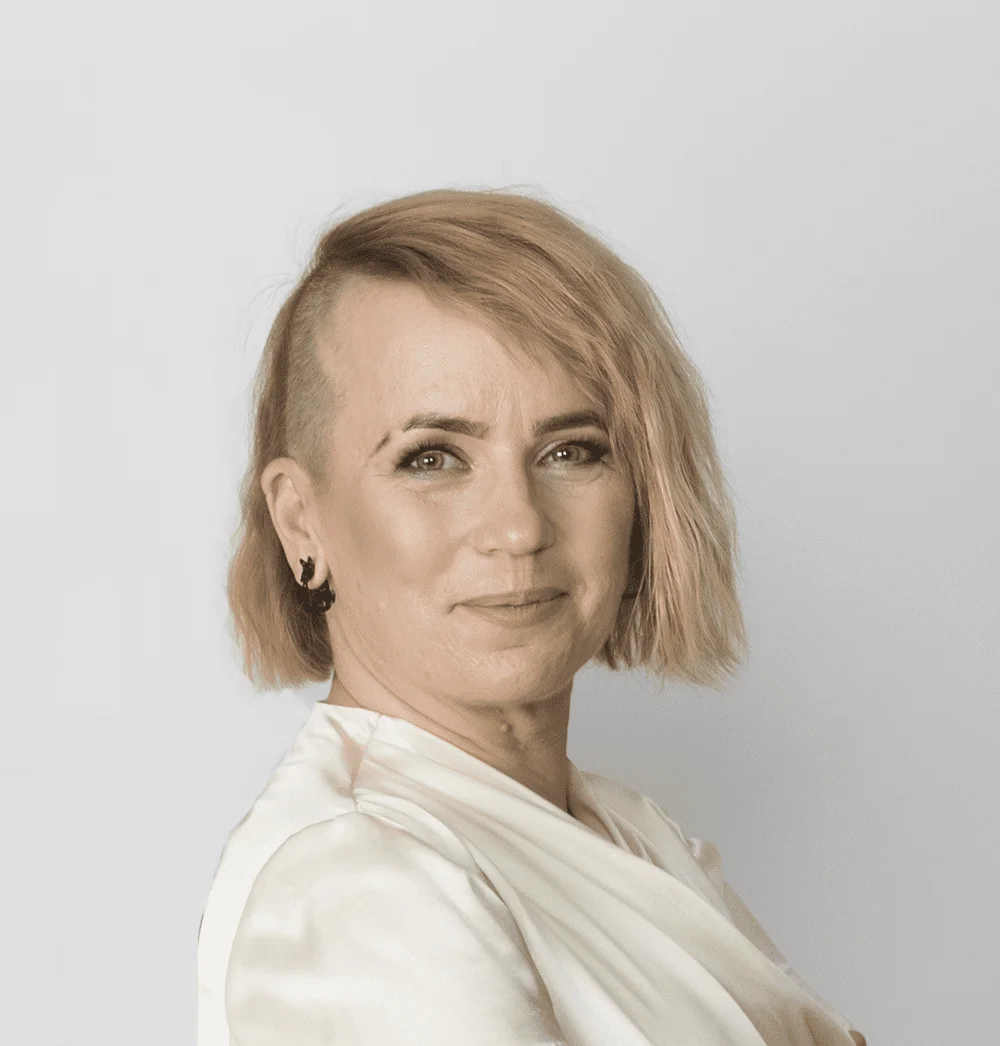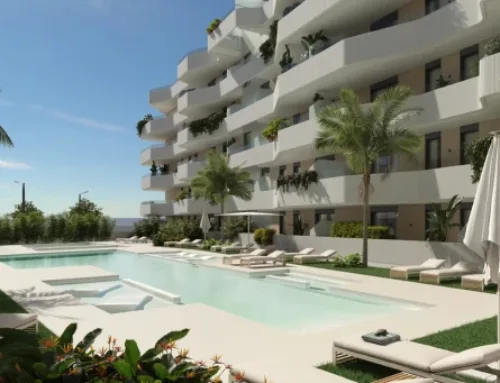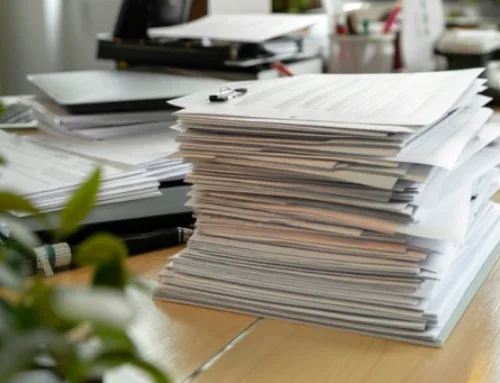A few words about the Spanish school system

Author: Eve Keerus-Jusupov, CEO of Merlis Homes SL.
I help you find your ideal second home or commercial property on the Costa del Sol.
Have a question? Contact me via WhatsApp

In Spain, there is a pre-school phase followed by a three-tiered education system.
Pre-school consists of two stages. The first stage includes daycare centers (guarderías), which accommodate children from three months to three years old.
The second stage is pre-school (escuela infantil), intended for children aged three to six years.
When a child turns six, schooling becomes compulsory.
Although pre-school is not mandatory, it is quite common.
In Spain, there are public schools (colegios públicos), private schools (colegios privados), and international schools.
Primary education (Educación Primaria)
This stage lasts for six years and is compulsory for children aged 6-12. The curriculum includes subjects such as:
- Language and Literature (Lengua y Literatura) – Spanish language, reading, writing, grammar, and literature.
- Mathematics (Matemáticas) – arithmetic, geometry, algebra, and problem-solving.
- Natural Sciences (Ciencias Naturales) – living organisms, Earth, and the universe.
- Social Sciences (Ciencias Sociales) – history, geography, and civic education.
- Physical Education (Educación Física).
- Foreign Language (Lengua Extranjera), usually English.
- Art Education (Educación Artística), which includes both art and music, as well as theater and dance.
- Ethics and Values (Valores Sociales y Cívicos).
Secondary Education (Educación Secundaria Obligatoria or ESO)
This stage lasts for four years and is compulsory for students aged 12-16.
The curriculum becomes more specific, focusing on core subjects such as languages and literature, mathematics, natural sciences, social sciences, physical education, foreign languages, and technology.
Post-compulsory education (La educación postobligatoria)
After completing compulsory education, students can choose to continue their studies in either high school (bachillerato) or a vocational training center.
- Bachillerato: A two-year program that prepares students for university. The curriculum includes core subjects like Spanish language and literature, a foreign language, history, philosophy, mathematics, and natural sciences. Students can choose from several specialization options: natural sciences and technology, humanities and social sciences, and arts.
- Vocational Training (Formación Profesional): A program that offers students practical skills and training for a specific profession.
The curriculum varies depending on the specific program and the student’s chosen field. Key areas in vocational training include administration and management, information technology and communication, technical and production fields, healthcare and social services, and hospitality and tourism.
In both options, students can take elective courses tailored to their interests and career goals.
The aim of post-compulsory education in Spain is to equip students with the skills and knowledge they need either for professional training in their chosen field or for preparing to enter university.
We don’t have personal experience with public schools. If your child attends a public school here, please share your experiences by writing to eve@merlishomes.com.
I’ll add your input to this blog post.
Public schools (up to 6th grade) in Marbella
- Colegio Público Antonio Machado. Located in Marbella.
- Colegio Público Federico García Lorca. Located in San Pedro de Alcántara.
- Colegio Público Hermanos Gil Muñiz. Located in Marbella.
- Colegio Público Vicente Aleixandre. Located in Marbella.
- Colegio Público Los Olivos. Located in central Marbella.
- Colegio Público Valdeolletas. Located in Marbella.
- Colegio Público Nueva Andalucía. Located in Nueva Andalucía.
- Colegio Público Las Chapas. Located in the Elviria area.
- Colegio Público Cinco De Noviembre. Located in Marbella.
- Colegio Público Miguel Hernandez. Located in San Pedro de Alcántara.
Secondary education schools (7th-12th grade) in Marbella
- IES Sierra Blanca. Secondary education and Bachillerato, also offers vocational programs such as hospitality and tourism. Located in central Marbella.
Website: IES Sierra Blanca
- IES Guadalpín. Secondary education and Bachillerato, located in central Marbella.
Website: IES Guadalpín
- IES Pablo del Saz. Secondary education and Bachillerato, located in San Pedro de Alcántara.
Website: IES Pablo del Saz
- IES Dunas de las Chapas. Secondary education and Bachillerato, located in the eastern part of Marbella.
Website: IES Las Dunas
- IES Victoria Kent. A school in Marbella offering secondary education and Bachillerato.
Website: IES Victoria Kent
- Aematur. A school in Marbella offering various vocational programs, including tourism, services, and business sectors.
Website: Aematur
Private schools in Marbella
- Colegio San José. A private school in the Guadalmina area, offering a broad and multilingual education from primary to secondary levels.
Website: Colegio San José
- Colegio Alborán. A private school in eastern Marbella, focusing on holistic education and offering a wide range of sports, including horse training facilities.
Website: Colegio Alborán
- Las Chapas & Ecos. A well-known private school offering education for girls (Las Chapas) and boys (Ecos), with a focus on traditional values and academic excellence.
Website: Attendis
- Colegio La Latina. A private school in central Marbella offering bilingual education from pre-school to secondary levels.
Website: Colegio La Latina
International schools in Marbella
Marbella has several international schools that provide high-quality education for children of the international community. Here are some of the main schools:
- Aloha College (Nueva Andalucía). Offering British and Spanish curricula, accepting students from age 3 to 18. The school is well known for its academic achievements and sports facilities.
Website: Aloha College Marbella
- The English International College (EIC). Located in the eastern part of Marbella, offering a British curriculum and preparing students for international exams such as IGCSE and A-level. It has a diverse student body representing many nationalities.
Website: The English International College
- Swans International School (Marbella and Sierra Blanca). Offering both the British National Curriculum and the International Baccalaureate (IB) program, accepting students from an early age up to 18.
Website: Swans International School
- Laude San Pedro International College (San Pedro de Alcántara). Offering both British and Spanish curricula, with a focus on providing a multilingual education.
Website: Laude San Pedro International College
- Svenska Skolan Marbella (Nueva Andalucía). A Swedish curriculum school accepting students aged 3-12.
Website: Svenska Skolan Marbella
- Estonian ISE Learning Center (Marbella). Providing support for students following the Estonian National Curriculum for primary school. Students from grades 1-6 are welcome, and grades 7-9 can also study with the help of plans and guidance from their home school. The play area is open for children from the age of three.
Website: ISE Learning Center
The first month was challenging and exhausting – the lessons were in English, and the amount of new information was overwhelming. During those first few months, the school’s support was incredibly helpful.
The students are more open, and the teachers are friendly. If things are going well at school, the parents also receive praise 😊, either through emails or in progress review meetings.
The grading system is based on a 9-point scale, with a special emphasis on communication skills and expressing one’s own opinion.
Liisa’s school day runs from 8:45 AM to 4:00 PM. There is a 50-minute lunch break and a 20-minute recess. The schedule is divided into three periods, a break, another three periods, lunch, and then two more periods in the afternoon.
School finishes on June 30th, but there are many holidays – both local and national – that nicely break up the school year. For example, the Easter holiday lasts for two weeks.
There is a school uniform, so there’s no need to worry about what to wear each day. Hair must be tied back, the tie should be properly worn, and the white shirt must be neatly tucked in.
Phones are not allowed.
Before and after lessons, students can join various clubs, such as debating, sports clubs, or music-related activities.
There are many schools and plenty of options to choose from.
We personally visited 3-4 schools before making our decision. So far, it seems like we made an excellent choice.
Here are some useful links to help you choose a school:
- General school database:
https://www.scholarum.es/es/colegios - International school database:
https://www.international-schools-database.com/in/malaga-costa-del-sol
Do you have any questions about Liisa’s school, EIC?
Feel free to get in touch at eve@merlishomes.com.



